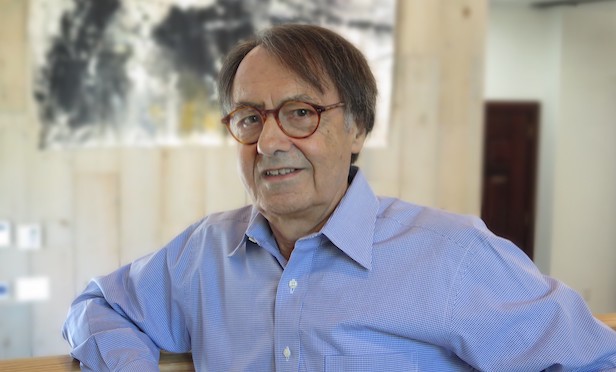 Michael Azarian, managing director of Kimmerle Group's Health Care Studio
Michael Azarian, managing director of Kimmerle Group's Health Care Studio
NEW YORK CITY—Treating healthcare patients like hotel guests isn't necessarily a new concept. The trend has existed in various forms throughout the last 20 years. However, the motivations behind it have definitely changed, and so have the actual effects on the patients and the healthcare industry as a whole.
When the concept of hotel-like design was first introduced to the healthcare industry, it revolved around the idea that if inpatient surroundings, primarily patient rooms and nursing units were similar to hotel-like environments, healthcare institutions could charge their occupants additional fees for the upscale experience. This would increase their bottom lines, despite the higher staffing ratios that were necessary to enhance and maintain the experience.
This trend was more prevalent in major urban areas like New York City where Academic Tertiary Care Facilities abound, which could institute this practice, and where there was a significant populace willing to pay more for the differentiated attention and experience.
What would these hotel-like design features entail? Typical features would be atrium lobbies, multiple receptionists, early examples of navigants, skylights, as well as upscale wall, ceiling, and flooring finishes: expensive woods, granite, and other similar materials. The trend created reasonably successful units, with high occupancy rates that would generate lucrative income for the institutions that could afford the initial capital costs. Though this trend started to show patients were getting better sooner, this was not tracked or studied at that time. The motivation behind the trend was not focused on the effects of hotel-like design on patients, the motivation was purely economic.
If we fast forward some 15 years, we have learned from The Center for Health Design's industry investigations and research into issues like Patient Focused Care and Evidence Based Design (how we interact with patients and that one can factually see and test the value of design) that there is a correlation between outcomes and environments, and those high end units of yesteryear were onto something, even if they didn't know or fully understand what.
Now the cost benefit to a hospital's bottom line of being able to discharge patients sooner is well known. Additionally, the benefits of privacy as a major Evidence Based Design tenet, have found their way into the Facilities Guideline Institute (FGI) Code for hospital design, mandating such things as single patient rooms in lieu of semi privates, along with space in the room for family and friends, and, at the same time, promoting the benefits of issues like light control, acoustics and warm materials.
All these new changes have shown that people do get better faster. While hospitals are becoming more consumer-centric, this trend has also encompassed changes in the way medical staffs are being treated at these updated facilities. Providing employees with high end and high functioning working environments is another benefit in helping people get better faster. Access to top medical equipment and installing well designed lounges, cafeterias and TV rooms for the staff is another example of creating a hotel-like atmosphere for not only consumers but also for the staff.
While the idea may seem to be intuitive—when you're treated well, you'll heal faster—it is only recently that we have the tools to verify this fact. In the Kimmerle Group, a design, real estate planning, development and branding practice, we seek to balance the growing technological demands of equipment in highly acute care main frames with the warmth of wood, paneling and cabinet work that conceals medical equipment when not in use. Concealment, virtual and otherwise, goes a very long way to enhancing the quality of the space and mitigating the harshness of exposed equipment, no matter how beneficial that equipment may be. An example can be found in a group of recently completed nursing units for bariatric patients done by Kimmerle, where we concealed overhead lifts when not in use.
Considering the benefits that hotel-like design has on a patients' wellbeing and recovery time, we are confident that further research will result in the proliferation of beneficial environments coupled with lower healthcare costs.
Michael Azarian, managing director of Kimmerle Group's Health Care Studio, has spent a significant part of his career designing award winning health care facilities worldwide, and has led teams for small scale projects to major master plans and to complex multi-phased tertiary care facilities. He has been adjunct professor at NYU, and has lectured frequently on the impacts of design on health care facilities at both university and industry forums. He is a member of the US Green Building Counsel, the AIA Health Facilities Committee, and has participated in the FGI Guidelines development. Kimmerle was selected as a GlobeSt.com 2018 Health Care Influencer. The views expressed in this article are those of the author and not those of ALM Media.
© 2025 ALM Global, LLC, All Rights Reserved. Request academic re-use from www.copyright.com. All other uses, submit a request to [email protected]. For more information visit Asset & Logo Licensing.







